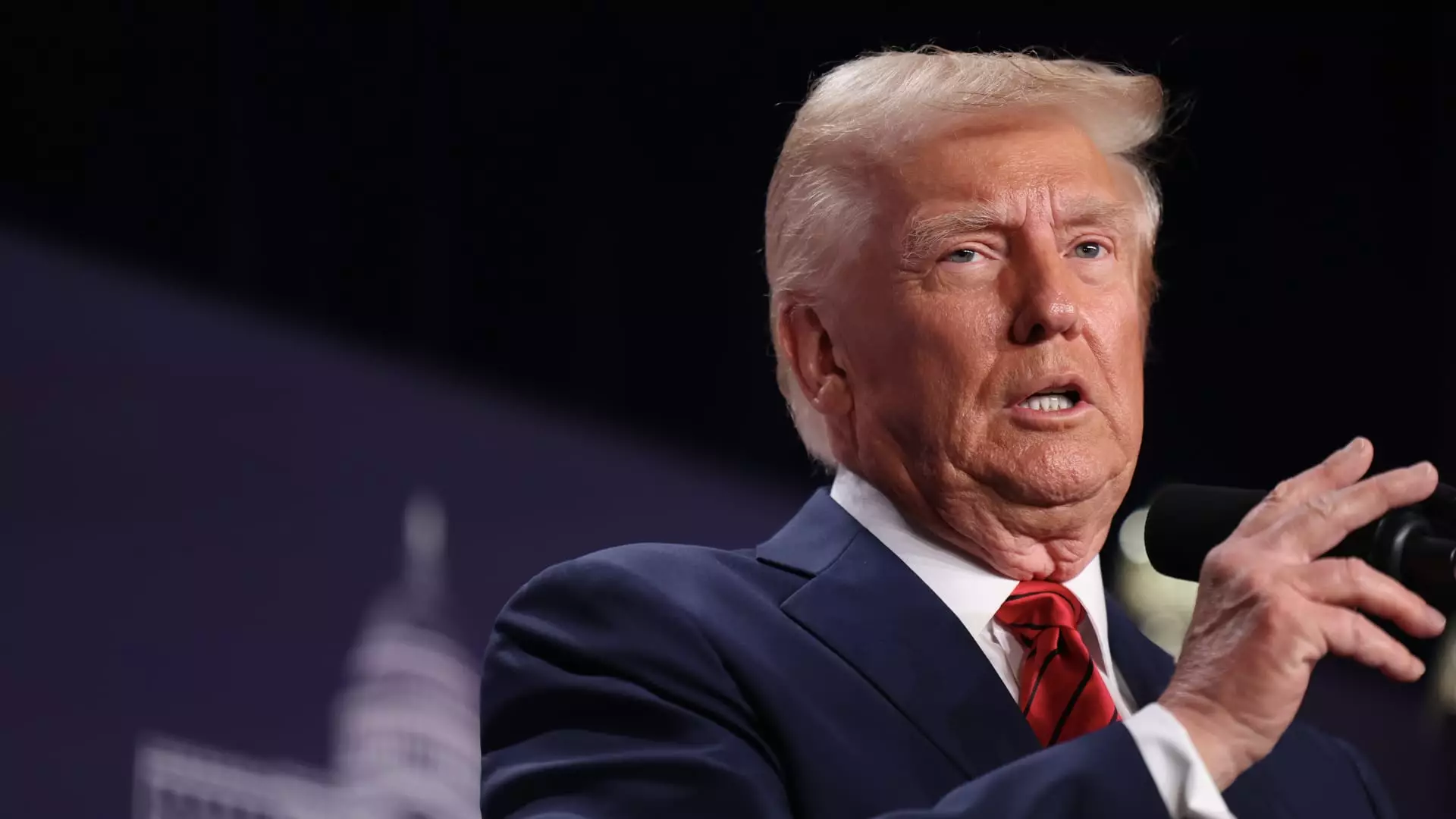Tariffs, levies imposed on imported goods, have been a cornerstone of President Donald Trump’s economic policy since his campaign and into his presidency. Initially proposed to protect American industries and bolster domestic production, these tariffs are now set to impact key trading partners: Canada, Mexico, and China. Scheduled to take effect on February 1, these tariffs include a 25% charge on imports from Canada and Mexico, and a 10% duty on those from China. However, this strategy raises critical questions about the overall benefit to consumers and the economy at large.
Economists are near-unanimous in their assessment that tariffs predominantly lead to negative consequences for U.S. consumers. As tariffs function as a form of taxation on imports, the additional costs incurred by U.S. businesses will likely be transferred to consumers in the form of higher prices. Mary Lovely from the Peterson Institute for International Economics emphasizes that it is “hard to find positives” in the implementation of tariffs, which often culminate in increased living costs and reduced consumer choice.
For instance, tariffs will affect essential goods, including food and consumer electronics—areas heavily reliant on imports from these countries. This could potentially limit the variety of products available at retail outlets while simultaneously inflating prices. The trade-off is significant: while tariffs are intended to protect domestic industries, they could inadvertently diminish the purchasing power of American citizens.
While there may be exemptions to certain goods, such as Canadian oil and specific food products, the efficacy of these carve-outs is questionable. The White House communication underscores ongoing discussions regarding these exemptions, suggesting a piecemeal approach to tariffs might be taken. However, economists like Mark Zandi warn that any attempts to shield consumers from the full brunt of tariffs could be insufficient. The reality remains that tariffs are a blunt tool; they will likely produce unforeseen consequences that are hard to navigate effectively.
The administration posits that these tariffs will catalyze a wave of economic growth and prosperity, linking them to previous tax cuts and deregulation efforts. However, statistical analyses tell a different story. Microsoft’s chief economist asserts that the anticipated tariffs could impair the U.S. economy, estimating reductions in GDP to the tune of billions. A potential retaliatory economic response from China could also exacerbate the situation, leading to a tit-for-tat escalation in tariffs that might spiral into a broader trade conflict.
The long-term forecast presents a grim alternative to the administration’s optimistic narrative. The Committee for a Responsible Federal Budget has suggested that while tariffs could generate substantial revenue, the overarching economic ramifications—including increased costs for consumers and reduced global competitiveness—greatly overshadow these potential gains.
In terms of employment, the argument that tariffs create jobs is equally contentious. While some sectors, particularly those tied directly to steel and aluminum production, may experience temporary boosts, economic research suggests that these gains come at a broader cost. For every job preserved in a protected industry, many more in related sectors could be lost. The ratio of jobs in downstream industries reliant on steel to those connected to steel production starkly illustrates this point—80 positions in various industries are dependent on every one in steel manufacturing, highlighting that tariffs can cause widespread collateral damage.
This misalignment creates a precarious environment where the attempt to protect U.S. jobs in one industry leads to significant upheaval in others, negating the hoped-for benefits of tariff imposition.
The move to impose tariffs by the Trump administration is marked by a stark dichotomy between the promise of domestic economic growth and the harsh realities depicted by economic experts. While tariffs are aimed at revitalizing U.S. industries, they risk engaging in retaliatory measures with trading partners and driving up costs for consumers at home. The ramifications could stretch beyond inflation, potentially leading to market instability and job losses in sectors that rely heavily on imports.
Ultimately, while the intent behind tariff implementation might seem justifiable in the pursuit of national economic interests, it’s crucial to critically assess the broader impact these policies will have on everyday Americans—who may find themselves bearing the weight of increased prices and fewer choices as a result of these protective measures. The question remains whether the short-term gains are worth the long-term risks to the economy and the socioeconomic fabric of the nation.

